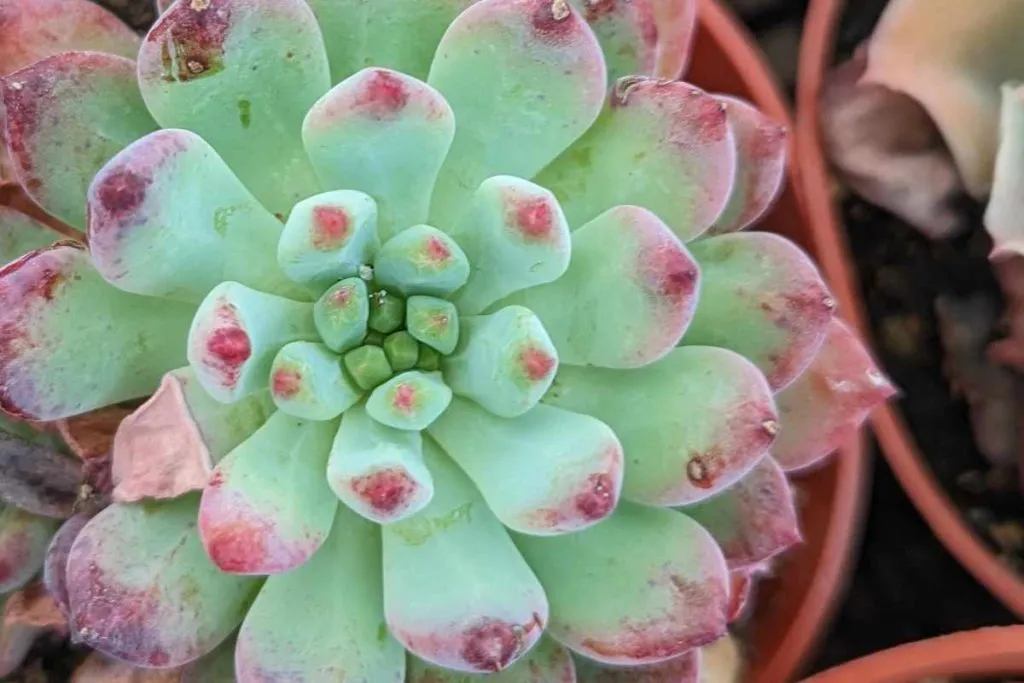Find Out About the Details Plants That Are Adversely Affected by Epsom Salt Application
Epsom salt, a prominent home treatment for different horticulture distress, is often commended for its beneficial results on plant development. Comprehending the particular plants that can be adversely affected by Epsom salt is crucial for any garden enthusiast looking to optimize their plant care routine.
Roses

Roses, especially delicate to adjustments in their setting, can be adversely influenced by the application of Epsom salt. While Epsom salt is frequently utilized as a fertilizer to advertise plant growth and boost blooming, roses are among the plants that do not respond well to its application. The high magnesium web content in Epsom salt can conflict with the uptake of various other necessary nutrients by the rose plants, resulting in deficiencies that manifest as yellowing fallen leaves or stunted development.

Tomatoes
While Epsom salt is frequently promoted as a treatment for different plant issues, consisting of bloom end rot in tomatoes, its application can lead to harmful end results if not made use of carefully. Extreme Epsom salt, which is magnesium sulfate, can disrupt the fragile nutrient balance needed by tomatoes, potentially leading to shortages in various other necessary nutrients like calcium. When thinking about the usage of Epsom salt on tomatoes, it is crucial to stick to suggested application rates and dirt screening to prevent unintended consequences on the total health and wellness and productivity of these precious garden plants.
Peppers
Peppers, admired for their different shades and levels of spiciness, can demonstrate sensitivity to unfavorable impacts from Epsom salt when not applied with treatment and consideration for their details dietary needs. what plants don't like epsom salt. Peppers, coming from the Solanaceae family members, need a delicate equilibrium of nutrients to prosper. While Epsom salt is known to enhance magnesium levels in plants, too much application can disrupt this stability, causing adverse results on pepper plants
When peppers are exposed to high levels of magnesium from Epsom salt, it can conflict with the plant's ability to take in other necessary nutrients like calcium and potassium. This imbalance may materialize in symptoms such as leaf staining, stunted growth, and lowered fruit production. Additionally, the extreme magnesium can modify the soil pH, more worsening nutrient uptake concerns for peppers.

Rhododendrons
Offered the level of sensitivity of particular plant types to inequalities brought on by Epsom salt, it is necessary to think about the effect on Rhododendrons, which likewise call for details nutrient degrees to thrive. Rhododendrons are acid-loving plants that prefer acidic soil conditions with a pH variety between 4.5 and 6.0. Epsom salt, chemically referred to as magnesium sulfate, can change the soil pH and disrupt the delicate balance of nutrients crucial for Rhododendron wellness.

To maintain the ideal growth and wellness of Rhododendrons, it is crucial to prevent the unplanned use Epsom salt and instead focus on giving the particular acidic soil conditions and nutrients that these plants need for thriving.
Azaleas
These popular blooming plants are usually found in landscapes, parks, and gardens due to their elegance and flexibility. While Epsom salt is generally used as a treatment for magnesium shortage in plants, its application to azaleas can have adverse impacts.
Azaleas prefer somewhat acidic soil problems, and an extra of magnesium from Epsom salt can interrupt this equilibrium, leading to nutrient imbalances and potential poisoning issues. The incorrect application of Epsom salt can result in stunted growth, yellowing of leaves, and overall decline in the health of azaleas.
Final Thought
Finally, it is crucial to be familiar with the certain plants that can be adversely impacted by the application of Epsom salt. Roses, tomatoes, azaleas, peppers, and rhododendrons are some examples of plants that may not take advantage of Epsom salt and could even endure harm. It is crucial to research study and recognize the needs of each plant types prior to using Epsom salt as a fertilizer to ensure their health and health.
Understanding the particular plants that can be detrimentally impacted by Epsom salt is vital for any gardener looking to optimize their plant treatment regimen. While Epsom salt is frequently used Home Page as a plant food to promote plant growth and enhance flowering, roses are one of the plants that do not react well to its application.Too much use of Epsom salt can also result in a build-up of salts in the soil, leading to root damage and dehydration of the rose plants. While Epsom salt is imp source known to increase magnesium levels in plants, extreme application can disrupt this stability, leading to adverse effects on pepper plants.
The high salt content in Epsom salt can likewise dehydrate Rhododendron roots, causing more stress and anxiety and damages to the plant. (what plants don't like epsom salt)